RETRO MOVIE REVIEW – Pat Garrett and Billy the Kid, Sam Peckinpah’s final western, is not only his most remarkable film since The Wild Bunch (1969), but also the conclusion of his revisionist approach to the American West. Peckinpah’s mission was to tear down the romanticized myth of the Old West, and this film stands as a defining work of the 1970s, where themes of oppression, betrayal, and the relentless passage of time are intertwined. With the passing of Kris Kristofferson last Sunday, we look back on this western classic.
Sam Peckinpah’s Pat Garrett and Billy the Kid also marks the final installment of his unofficial “end-of-the-West” trilogy, following Ride the High Country (1962) and The Wild Bunch (1969). In this film, Peckinpah set out to dismantle the mythology surrounding the American frontier, while also concluding his genre-revision journey. The story follows Pat Garrett (James Coburn), a lawman hired by New Mexico’s wealthy cattle barons and the governor to bring down his old friend, the outlaw Billy the Kid (Kris Kristofferson). Pat gives Billy five days to leave town, but Billy refuses, leading to a shootout and Billy’s capture. However, Billy escapes from jail, and Pat assembles a posse to chase him down across the countryside, a pursuit that results in a great deal of bloodshed before the final confrontation between the two.
Beyond Friendship and the Law
The film’s real strength lies in its detailed character portrayal and the complex relationships between the leads. These not only enrich the story but also subvert the typical cat-and-mouse dynamic often seen in westerns, where the outlaw (Billy) is relentlessly pursued by the sheriff (Pat). Though Pat is indeed hunting Billy, Peckinpah doesn’t depict him as a merciless predator. Similarly, Billy isn’t constantly evading Pat, hopping from one hiding place to another in a desperate attempt to outsmart him. Instead, Billy stays in one place, waiting for Pat, while Pat drags out the inevitable showdown. Their relationship is restrained but deep, reminiscent of a father-son bond; they were once close, but their divergent paths have now turned them into rivals.
Peckinpah’s film delves into the theme of change, as Pat and Billy’s differing choices set them on opposite sides. In a world where there is no longer any place for outlaws and bounty hunters, and where corporate interests have taken control, Billy remains a rebel, continuing his fight against the wealthy landowners. Pat, on the other hand, chooses conformity, selling out to align himself with powerful politicians and influential people. Both characters’ decisions feel justified—Pat, who was once an outlaw himself, decides to become a sheriff and adapt to the new world, explaining, “I’m getting old, and I want to grow old with the country.” Billy, on the other hand, refuses to bow to authority, continuing his life as an outlaw because his past experience has taught him not to work for others. He once worked for ruthless cattle baron John Chisum (Barry Sullivan), but their relationship soured after Chisum failed to pay Billy his due wages.
“Knock, Knock, Knocking on Heaven’s Door”
The film’s melancholic tone is elevated by Bob Dylan’s haunting score, which paints a world heavy with sorrow, a world that Peckinpah and his cinematographer John Coquillon meticulously crafted. In this world, everything is changing, and people struggle to accept, adapt, and move on. In one particularly memorable scene, Pat encounters an aging sheriff, Colin Baker (Slim Pickens), who is tired of his life and dreams of making enough money to build a boat and leave town for good. Pat seeks Colin’s help to locate Billy’s former gang members, hoping to find out where Billy is hiding.
As events unfold, Pat and Colin end up in a shootout with the gang, and Colin is mortally wounded. As he slowly walks toward the river at sunset, Bob Dylan’s “Knocking on Heaven’s Door” begins to play. Colin sits down by the riverbank, contemplating the stunning landscape as he peacefully passes away. This scene perfectly encapsulates the essence of the film—a masterful blend of emotional depth and tragic beauty—making it one of the movie’s most iconic moments. Dylan’s song, written specifically for this scene, adds another layer of poignancy to the moment.
An Unconventional Western Finale
Unlike the typical western finales of the era—grand shootouts with multiple participants—Peckinpah opts for a tense and subdued ending, where the two lead characters simply cross paths. It’s a heartbreaking conclusion that fits perfectly with the escalating tension throughout the film. James Coburn delivers a brilliant performance as Pat Garrett, portraying him as a weary old man who has spent his life rebelling against the law, but who eventually accepts that, despite his resistance to change, he must embrace it to survive. Garrett is a cold, calculating figure, full of self-loathing and regret for the things he has done, and Coburn conveys this with masterful subtlety.
Pat Garrett and Billy the Kid faced numerous production and post-production challenges. Peckinpah’s alcoholism and conflicts with cast members caused problems on set. Additionally, the director clashed with MGM Studios over the final cut of the film; his original version ran for 165 minutes, but the studio released a 106-minute cut. In July 2024, the film was re-released by the Criterion Collection on Blu-ray and 4K Ultra HD, featuring a new “50th Anniversary” cut restored in 4K, as well as 4K digital restorations of the theatrical version and a 2K digital remaster of the preview cut.
-Gergely Herpai “BadSector”-
Pat Garrett and Billy the Kid (1973)
Direction - 8.2
Actors - 8.6
Story - 8.1
Visuals/Sound (1973) - 8.4
Ambience - 8.2
8.3
EXCELLENT
Sam Peckinpah’s masterpiece pushes the boundaries of the western genre. It’s a story filled with deep emotions, where friendship and betrayal walk hand in hand. Bob Dylan’s music and the film’s stunning visuals complement the atmosphere of this remarkable work perfectly.

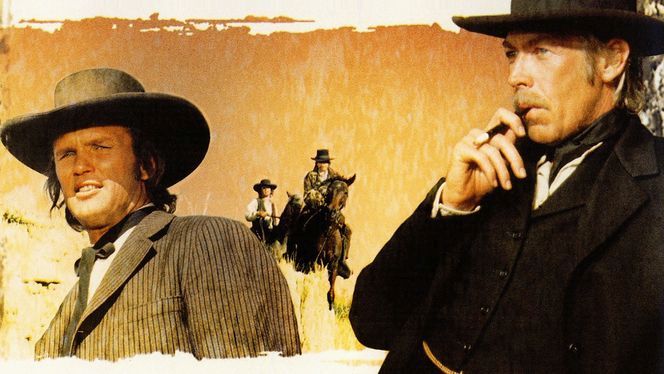
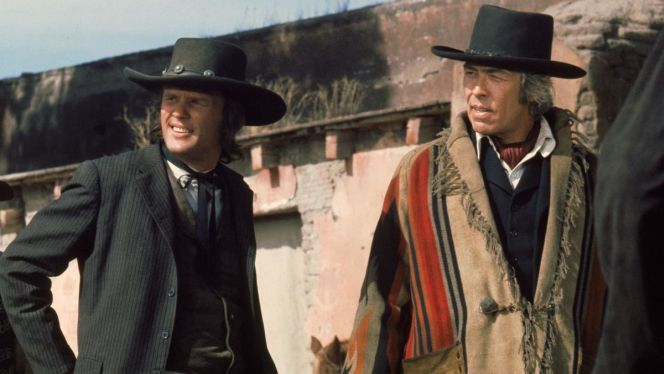
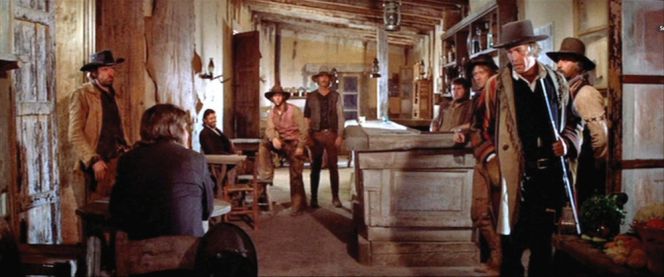

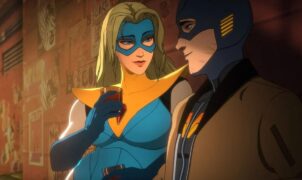




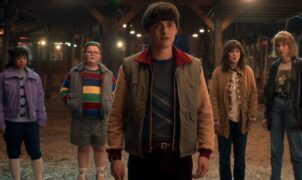


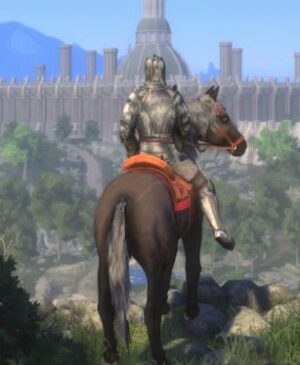



Leave a Reply